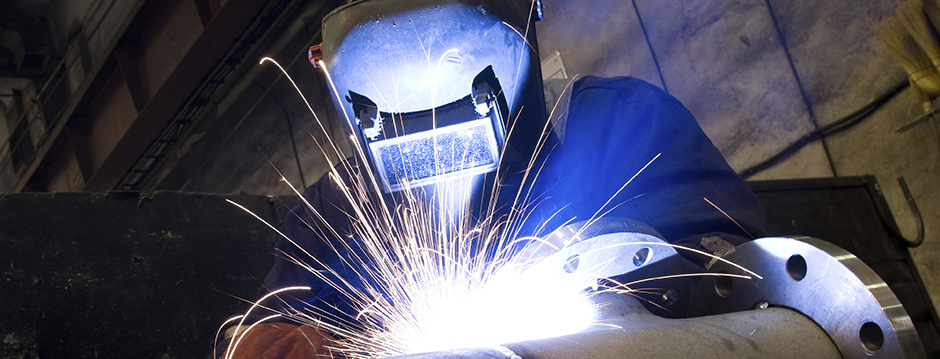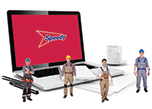
How to Stay Safe When Welding
Welding joins materials, usually metals or thermoplastics, by using high heat to melt the parts together. They then cool, causing fusion.
As with many tasks on a building site, welding is a highly skilled job that requires expert knowledge. It is likely to be used in a range of construction projects.
A number of tools are required and construction companies can hire welding equipment to ensure they have the right items for the job. However, because it is such a highly skilled task, it is important contractors are aware of the necessary safety issues that need to be taken into account.
All of the below applies to specialist welders as well as those who do small amounts of welding as part of their job role.
What Are The Risks Involved In Welding?
Welding, cutting and brazing operations involve a wide range of risks and hazards. They include:
- Exposure to metal fumes
- Chemical risks
- Exposure to UV radiation
- Burns
- Cuts
- Eye damage
- Electrical shock
Metals which can release fumes will include the likes of aluminium, copper, iron, manganese, nickel, silver, titanium and zinc. Other chemicals which may be present or produced include carbon dioxide, carbon monoxide, fluoride and nitrogen dioxide.
Many of these can be controlled by carrying out risk assessments to identify and remedy risks, and the appropriate use of PPE.
How To Reduce The Risks of Welding
1. Wear PPE
When welding, you should wear:
- Welding cap
- Eye protection
- Ear protection
- Respirator or breathing mask
- Welding gloves
- Protective clothing (which completely covers the skin)
- A suitable apron (such as leather), to protect clothing
- Work boots
Some workplaces may recommend a full face shield and a welding helmet for additional protection.
Proper welding gloves must be used. They should be clean and dry.
2. Use alternative techniques
One of these is cold joining. Little or no heat is involved, and you eliminate all of the sparks and flames involved in traditional welding. It is a technique used in industries such as aerospace, so a tried and trusted method.
3. Work in a dark room
This will reduce reflections and light brightness in the room, reducing strain on the eyes.
4. Use fume controls and Local Exhaust Ventilation (LEV)
There is a risk of fumes in almost all industries, whether welding, manufacturing or even in office roles where there are still cleaning products. Read all about how to control and manage fumes, which may involve hiring extractors and increasing general ventilation.
5. Utilise training, knowledge, and awareness of risks
Welders should know what they need to do and how best to carry out the job while minimising risks and being able to deal with risks.
Welding training will be required, and this should be kept up to date every year.
6. Maintain equipment
Both the welding equipment used and the equipment being worked on need to be properly maintained.
Hiring equipment can help here. Speedy will maintain and check all equipment which has been returned before it is rehired again. This means it is safe to use. Just carry out your own checks before using them once you're ready.
If you're using working at height equipment or PPE, you also need to check this is maintained and in working order.
- 2024
- 2023
- December 2023 (13)
- November 2023 (10)
- October 2023 (6)
- September 2023 (10)
- August 2023 (20)
- July 2023 (21)
- June 2023 (17)
- May 2023 (17)
- April 2023 (17)
- March 2023 (14)
- February 2023 (15)
- January 2023 (7)
- 2022
- December 2022 (6)
- November 2022 (12)
- October 2022 (24)
- September 2022 (14)
- August 2022 (12)
- July 2022 (15)
- June 2022 (18)
- May 2022 (14)
- April 2022 (9)
- March 2022 (5)
- February 2022 (5)
- January 2022 (2)
- 2021
- December 2021 (7)
- November 2021 (10)
- October 2021 (1)
- September 2021 (1)
- August 2021 (3)
- July 2021 (3)
- June 2021 (4)
- May 2021 (1)
- April 2021 (1)
- March 2021 (2)
- February 2021 (1)
- January 2021 (1)
- 2020
- 2019
- 2017
- 2016
- 2014
- 2013
- 2012
- 2011


